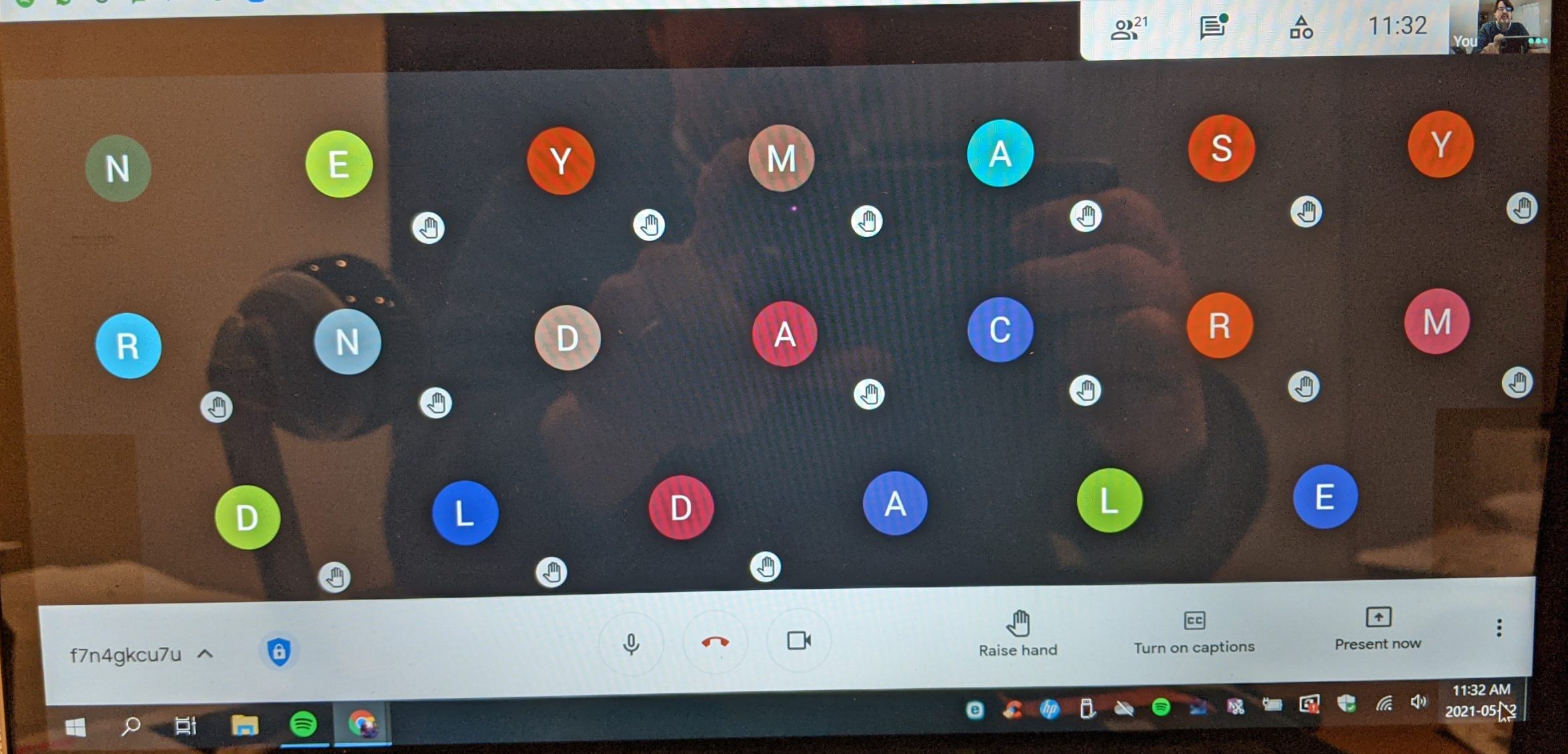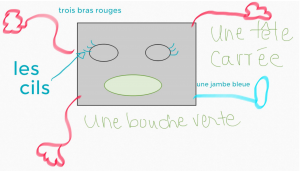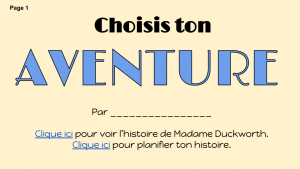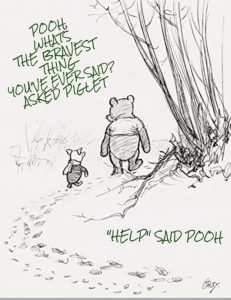Wow, what a year it has been! And to think, we didn’t think things could get any wilder than 2020. I have taught grade seven online since the first week of school and am finishing up next week. I have learned so much this year about myself as a teacher and about the things that children go through each and every day. Taking away the physical aspect of school has been challenging for some students yet so beneficial for others. For most of the students in my class, it was an overall positive experience. I was so lucky to have my 29 incredible students for this online experience.
As I mentioned in my last blog post, my students participated in an interview with me where they asked questions about their efforts in certain subjects.
I am pleased to say that many of them took the opportunity to hand in extra assignments or to bump up current ones. My students also had a chance to reflect on the learning skills they were most proud of and ones that they hope to work on in the future. They also had great final reflections about their year online. I posed the question to them, “What are you most proud of about your grade seven year?” Here were their responses:
- The fact that I am in a class full of kind people
- I am most proud of my marks and grades. I have been working so hard and it has paid off
- Not getting distracted
- Staying on task and asking questions if confused
- Attendance and coming on time
- How to use different websites, finishing my work on time and kind of mostly everything because online school can be hard sometimes
- My participation
- I think I am proud that I did everything on time and proud that I did well
- Improved on tech. skills
- I try my best and that’s what I’m most proud of
- Doing my assignments on time, coming to class on time and being respectful to others in the chat or either the mic
- I’m proud of staying in class and working on difficult work
- Participating, even if I get the answer wrong
- I’m proud that me and the class did a whole year of online school
- How well I did even though I was nervous starting
- I’m proud of my first term report
- Doing online learning and enjoying it even though I thought it would be boring
- Work through the MS teams platform, virtual activities and enjoying the whole experience
- I’m happy with my marks
- For making it through the year
- Not losing focus from the IRL transition to online learning
- The fact that i can learn both in this environment and outside in an actual school
- Being nice
- Online learning in general
- Finding a really good friend 🙂
As you can see, it was an overall positive experience as my students learned how to see the positive in almost all situations, especially, learning remotely.
I have also learned many things throughout this year. I have discovered some incredible new programs and have developed some new teaching strategies in math and literacy. I have also discovered some game-changing activities and routines that I hope to keep as a permanent part of my program.
Math:
I would like to keep using the virtual whiteboard in the classroom, having six (or however many iPads I have) students using the iPad during math. These students will share their strategies with their classmates after solving on their whiteboard platform. This will be a leadership opportunity and I am hoping as time goes on, all students will want to share their strategies. This was my favourite math teaching style that occurred this year as many “ah-ha” moments occurred as a result of the students sharing their work. I think it is much more exciting working on the whiteboards rather than coming up to write on the physical whiteboard. This will also ensure that students can work in their own space if we still need to worry about physical distancing. Other students will work in their notebook or physical whiteboard until it is their day to have the whiteboard app.
I would also like to save Fridays for games in math as a way to summarize the learning from that week. The games my class loved were: Kahoot and Gimkit (which offers about 12 different types of games within).
Language:
This year I loved meeting with a small group one day a week to teach a lesson and then they would have the rest of the week to work on that activity. I received the most amount of participation during the small group sessions and by the following week, students always had their test completed. Many students commented about how their favourite part of the day was the small language groups. Having that small group size allowed all students to share and have a turn. This was actually the only time where I heard from students that did not participate in the main call. The setting of the small groups made them feel more comfortable.
I also want to make sure I have another class novel next year. I would love having students as the readers once again and they would pass the book to the next reader after they read a page or two. This was a great way to cover all the reading expectations which I would post as questions that would follow that days reading. They would answer these questions in the chat and in the classroom I would love to have this continue either by them raising their hands or by documenting it in a notebook.
Routines/Activities:
- Saying hello to each student in the morning
- Spending every Monday morning sharing about our weekends and creating a goal for the week (and if they met the goal from the week before). These goals contributed to their self regulation mark.
- Having student shoutouts at the end of each week. A student would raise their hand and give a shout-out to a specific student who went above and beyond that week or improved in something, etc. It could really be for any reason
- Independent work periods once or twice a week as catch up periods and instead of breakout rooms, having the middle table open for students who need one on one support
- Asking how everyone’s break was when they come back in from break
- Morning music until the announcements start
- Student-led movement breaks where students design and lead a 20 minute DPA activity on the days without physical education
- Discussing current events rather than hoping they didn’t hear the news
- Openly talking about all board holidays, special weeks or months in the year and celebrating in our class
- Cooking lessons led by students
Teaching online is an experience that I found very rewarding as it really tested all of us to see if we could handle this change. I know that as a teacher I appreciated the challenge and I know my students definitely rose to the challenge. I look forward to blogging about my in-class experiences in September!
Have an amazing summer everyone!
Note:






